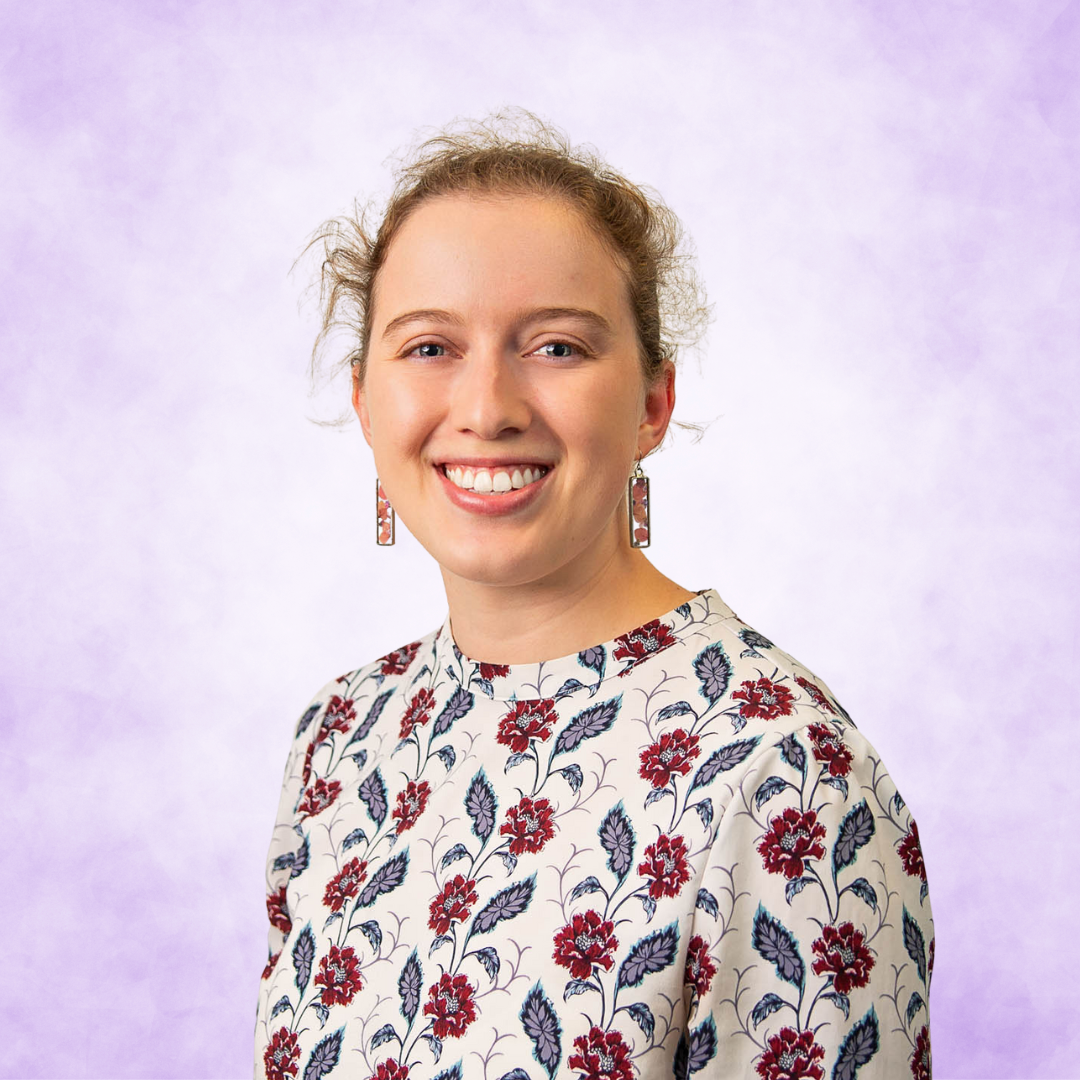BINOCULAR VISION DYSFUNCTION
Causing symptoms of blurred vision, headaches, dizziness, anxiety and balance problems, binocular vision dysfunction is often misdiagnosed. A comprehensive NeuroVisual examination is used to diagnose and treat this condition.
Binocular Vision Dysfunction (BVD) assessments are performed at our Range Shopping Centre practice by our Optometrist, Kate Merrin. Please read on to learn more about what BVD is, how we can help and how to book your initial BVD assessment.
What is Binocular Vision Dysfunction?
The ability to see is a remarkable function of the human body, but debilitating symptoms such as blurred vision, headaches, dizziness, anxiety, and balance problems can make it difficult for a person to live their life. What most people do not realize is these symptoms could actually be a result of their eyes having trouble working together as a team to create one clear image, a condition called Binocular Vision Dysfunction (BVD).
BVD describes any condition where the two eyes have difficulty working together as a team to create one clear image. This results in image misalignment. The body attempts to correct this vision misalignment by overusing and severely straining the eye muscles.
In people with normal binocular vision, their eyes work in tandem, perfectly in sync at all times, to send one clear, focused picture to the brain. However, in people with Binocular Vision Dysfunction, the eyes do not work together and are not perfectly synchronized - this makes it difficult for them to see one clear image.
When the misalignment is severe, it causes double imagery or double vision. However, in most cases, the misalignment is very subtle, historically making it difficult to identify. Even when the misalignment is small and physically unnoticeable, the symptoms can be debilitating.
Approximately 10 to 20 percent of the world’s population suffers from BVD. These patients have been everywhere, seen everyone, and despite their efforts, they are unable to find relief. Through our work at Somerville and Merrin, we help to diagnose and treat BVD in patients and bring awareness to our region’s doctors, optometrists, ophthalmologists, physical and occupational therapists, and other health care providers who are essentially unaware of this condition.
CLICK ON THE LINKS BELOW OR SCROLL DOWN TO LEARN MORE:
- How do I book an appointment to be assessed for BVD?
- Causes of BVD
- Symptoms of BVD
- Treatment for BVD
- About our Optometrist, Kate Merrin
Please note, appointments for Binocular Vision Dysfunction cannot be booked via our online booking service. Please take the following steps to start your BVD journey:
- Take the test by clicking the green button above. This simple questionnaire will clarify whether your symptoms are related to BVD and send the results to us for assessment.
- Our trained staff will assess your results and email you to advise if this treatment will be beneficial. We will provide details on how you can book your Initial BVD Assessment or to request one of our staff contact you via phone or email to provide further information regarding the booking and/or what to expect from the appointment. Please note, this appointment cannot be booked online.
- Book your appointment. Your Initial BVD Assessment will be at our Range Shopping Centre practice with Optometrist, Kate Merrin. Our contact details will be contained in the email, or if advised by you, we will contact you at your preferred time.
Causes of BVD
BVD can be caused as a result of several different factors. Some people experience BVD due to facial asymmetry, where one eye is physically higher than the other. It can also be caused by a nerve or eye muscle abnormality, which is something many people are born with. As people with these abnormalities get older, the eye muscles become even more strained from trying to constantly realign the image they are sending to the brain, which results in the uncomfortable symptoms of BVD.
BVD can also develop as a result of a stroke, brain injury, or similar neurological disorder. It can manifest at any time, with symptoms usually developing around 40-years of age.

Symptoms of BVD
The symptoms of BVD can interfere with a patient’s ability to function, including basic tasks such as driving a car or reading. Essentially, BVD can severely negatively impact their quality of life. Patients with BVD experience the following symptoms:
Treatment for BVD
Our Optometrist, Kate Merrin, has trained in the pioneering work of diagnosing and treating Binocular Vision Dysfunction. In addition to the standard eye examination, Kate utilises a comprehensive NeuroVisual Examination to determine the extent of a patient’s eye misalignment and uses those results to prescribe specialized aligning spectacle lenses. These micro-prism lenses realign the images to create one clear image, eliminating the need for the body’s struggle to do so.
Our micro-prism lenses help patients to feel noticeably better immediately. In fact, the average patient will notice a 50% reduction of symptoms by the end of their first visit. Over the next several visits, the aligning lenses are fine-tuned and continue to improve and eliminate BVD symptoms.
In the past, BVD was difficult to identify, as the standard vision tests are not sensitive enough to find the small amounts of misalignment causing BVD. And of course, not everyone with the aforementioned symptoms will have BVD. We use a specialized screening method to accurately detect this condition.
We are able to treat your Binocular Vision Dysfunction, along with any additional vision impairments, allowing you to see clearly, effectively, and provide significant relief from symptoms.
Our screening method involves two parts: Our Screening Questionnaire, which helps clarify who might benefit from evaluation and care, and our Diagnostic Method, which is where we identify the very small amounts of misalignment requiring treatment with specialized micro-prism lenses.
The Screening Questionnaires include:
In addition to her optometry degree, Kate Merrin has gained her NeuroVision qualification in order to diagnose and treat Binocular Vision Dysfunction. She has trained under the Founder of NeuroVisual Medicine, Dr. Debby Feinberg of the NeuroVisual Medicine Institute in Michigan. Dr. Debby and her colleagues have treated more than 10,000 local, national, and international patients who have been diagnosed with this condition.

